Akagera National Park is located in the north east of Rwanda along the border with Tanzania. Although founded in 1934, much of the park was re-allocated as farms and in 1997 the park was reduced in size from more than 2,500 sq km (nearly 10% of the surface area of Rwanda) to its current extent of 1,122 sq km. Since 2010, a joint venture with African Parks has seen Akagera return to its former glories.

More about Akagera National Park
It is named after the Akagera River that flows along its eastern boundary and feeds into a labyrinth of lakes of which the largest is Lake Ihema. The forest fringed lakes, papyrus swamps, Savannah plains and rolling highlands combine to make Akagera among the most scenic of reserves anywhere in Africa. It has exceptional levels of biodiversity and forms the largest protected wetland in central Africa.
Akagera combines well with Nyungwe and the Volcanoes NP to offer a great safari element as it is home to many large plains game species as well as species restricted to the papyrus swamps such as the Sitatunga and the sought-after Shoebill Stork. Notable plains game include elephant, buffalo, topi, zebra, Water buck, roan antelope and eland. Other antelope are Duiker, Oribi, bohor reedbuck, klipspringer, Bush buck and impala. Of the primates, olive baboons, Varvets and the secretive blue monkey are seen during the day, with bushbabies often seen on night drives.
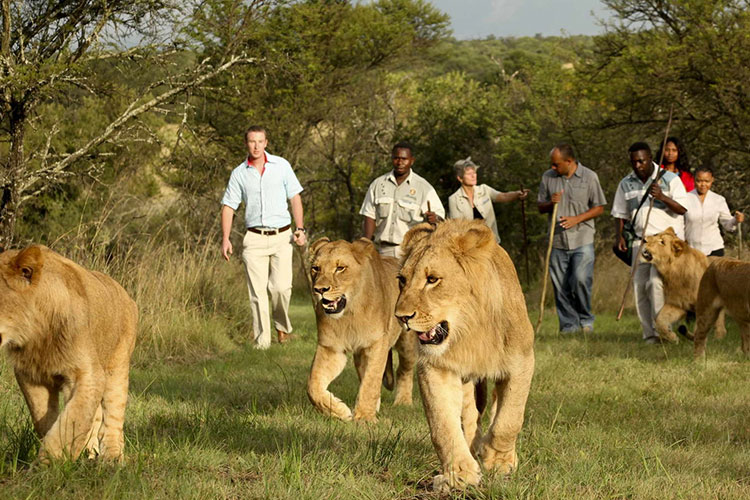
Of the larger predators leopard, hyena, side-striped jackal and lion, which was re-introduced last year are present. Plans are underway for the reintroduction of the black rhino too, and this will restore Akagera’s ‘Big 5’ status
Due to its wide variety of habitats, Akagera is an important ornithological site with nearly 500 bird species. The rare and elusive shoebill shares the papyrus with other rarities such as the exquisite papyrus Gonolek and countless other water birds that inhabit the wetlands in large numbers.
Akagera is, above all, big game, with Herds of elephant and buffalo emerge from the woodland to drink at the lakes where schools of hippos can be traced, while lucky visitors might stumble across a leopard, a spotted hyena or even a stray lion. Giraffe and zebra haunt the Savannah, and more than a dozen types of antelope inhabit the park, most commonly the handsome chestnut-coated impala, but also the diminutive Oribis and secretive Bush buck, as well as the ungainly tsetse bee and the world’s largest antelope, the statuesque Cape eland.
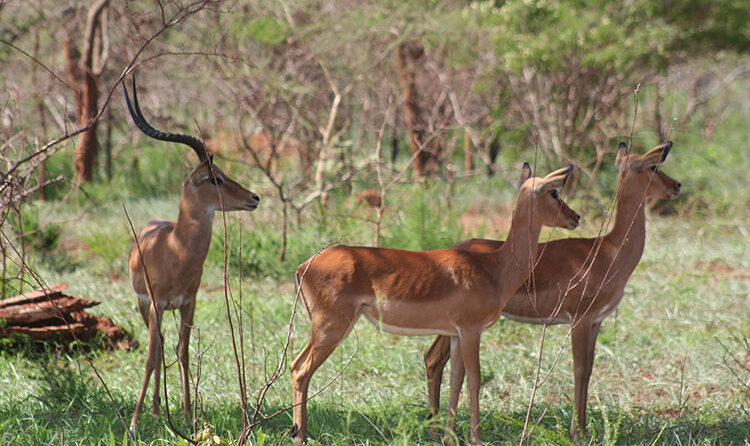
Camping alongside Akagera is a truly mystical introduction to the wonders of the African bush. Pods of 50 hippopotami grunt and splutter throughout the day, while out sized crocodiles soak up the sun with their vast jaws menacingly agape. Magically, the air is torn apart by the unforgettable high pairs of fish eagles, asserting their status as the avian monarchs of Africa’s waterways. Lining the lakes are some of the continent’s densest concentrations of water birds, while the connecting marshes are the haunt of the endangered and exquisite papyrus Gonolek, and the bizarre shoebill stork – the latter perhaps the most eagerly sought of all African birds
Top Activities to do/see at Akagera National Park
Game Drives
Akagera National Park, is a prime destination for unforgettable game drives. wanting to have a trip to this wonderful park, you can book with us – Abertine tours for a full packaged trip a home away from home. reaching at the park, the Guides are available to give you all the information you need to know for this particular park. The guides can direct you to areas where wildlife is most abundant and guide you to stunning scenic spots that you may otherwise miss.

There is a two-tier guiding system in the park with 10 park-employed guides and 15 community freelance guides. As a park visitor, and subject to availability, you may choose to take a park-employed guide who has guiding experience ranging from 2 to 12 years in Akagera National Park, and has undertaken training in content, interpretive guiding and first aid in the past 2 years. Or, you can choose one of the Community Freelance Guides, who are enthusiastic, fast learners. They have completed an in-house training and assessment programme. Both guides are dedicated to providing an authentic experience and support the success of the park.
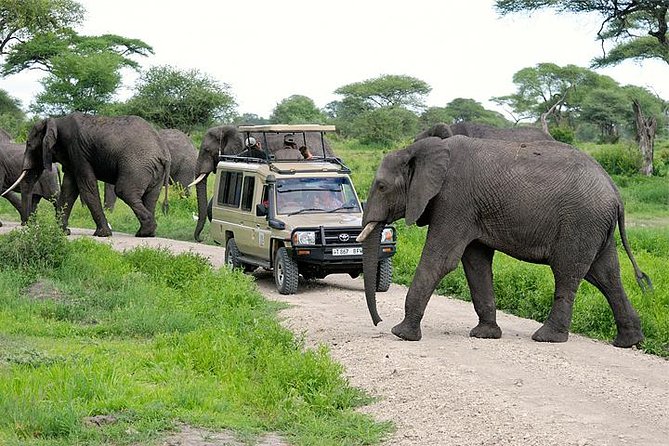
Boat Trips and Fishing
There are also three pre scheduled boat trips (day, morning and sun set) in order to enjoy the park from water level that is surrounded by the crocodiles, hippos as well as birds. The one hour boat tour costs $40 per person at maximum of 11 people and in case you want to schedule your own trip with a private group at your time, it will costs $180 to rent the whole boat. You can as well take a boat safari with in Akagera Park along Lake Ihema where you will see many hippos and crocodiles.
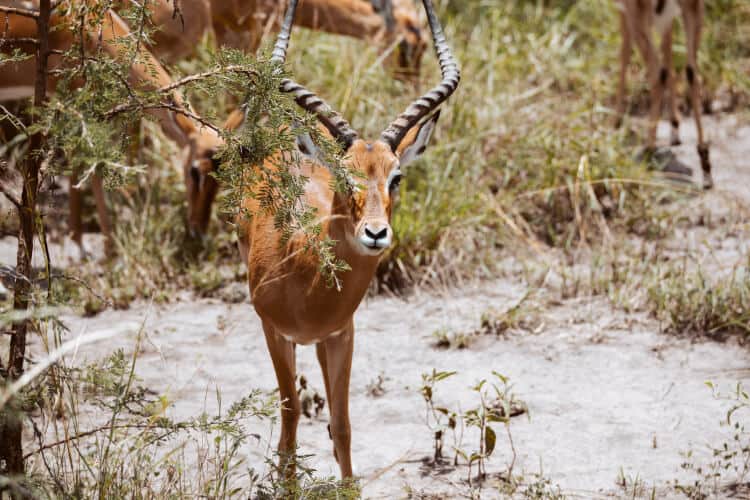
This boat cruise will give you a chance to have a good view of more game which includes elephants, buffalos, and these will gather at the banks in order to drink water. You will also get an opportunity to see more loving birds like the shoebill stork, fish eagles, kingfishers, papurus gonolex, the herons, and many more. The boat on this lake also cost $30 per person during the day for an hour with a guide. This park is simply a beautiful land scape filled with wildlife and so having a good guide will surely be helpful. You will also be amazed by the views and the wildlife.
Birdwatching
The Akagera National Park is second to Nyungwe Forest National Park as the best destination to enjoy Rwanda Birding Safari. Birds in Akagera park can be best spotted in the early morning and in the evening along its game tracks. This avails birdwatchers a great opportunity to see a number of bird species endemic to the savanna.
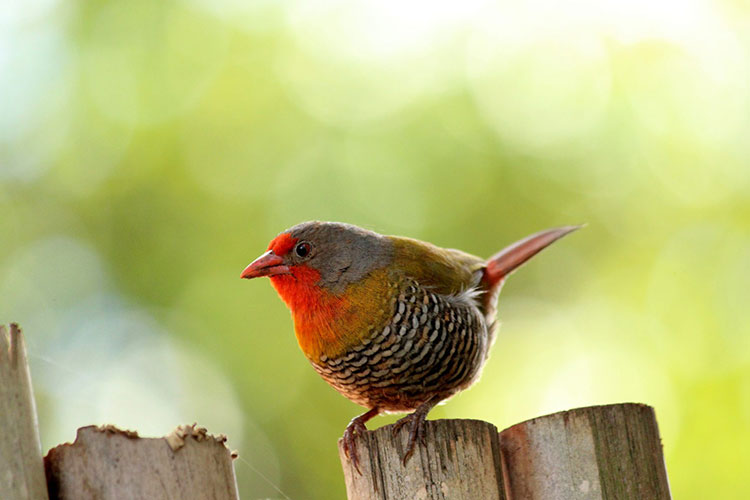
Akagera National Park is prominent for its large numbers of water birds across the entire East Africa. This therefore makes Akagera the best place to see a number of papyrus endemics.
Some of the commonest bird species you will see on your Safari in Rwanda include; the gorgeous lilac-breasted roller, the grey hornbill, the crested barbet, heuglin’s robin-chat, black headed gonalek and ross’s turaco, among others.
Recent records reveal that Akagera has a bird list of 525 different bird species living within its boundaries which best reflects the diverse habitats offered in the park. Among these are 44 raptor species including the Balaeniceps rex plus several Palearctic migrants, like the Glareola nordmanni, the Falco naumanni and the Gallinago media.
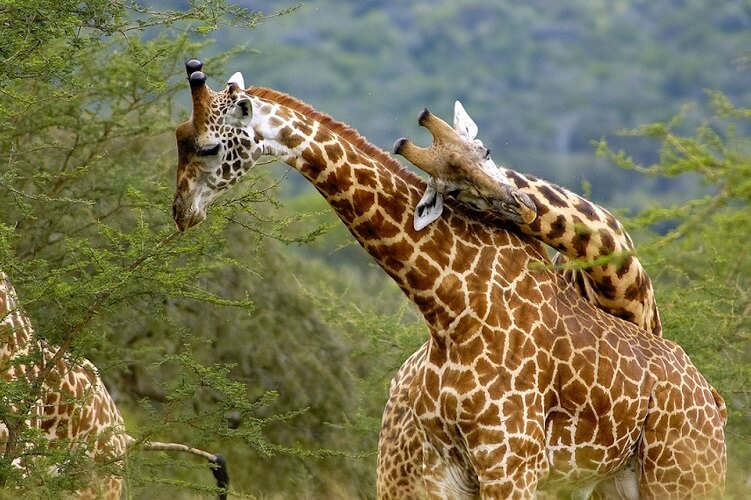
Wildlife Watching
The wildlife in Akagera National Park has also increased over the past years and the present count also estimated that the park has over 8000 large animals. The new perimeter face that was completed in 2013 also got a positive impact on the high numbers. There are also plans of re introducing the lions as well as rhinos which will make this park a big five destination once again. In the interim, due to lack of predators, game is so relaxed and easy to spot as long as you don’t expect large numbers.

The animals currently found in Akagera national park:
The game that can be seen on an Akagera safari includes the most usual plain species; like the topis, impalas, and these seem to be dominant, with the eland, oribi, masai giraffe, reed buck, sable and the roan antelope, as well as the defassa water buck. The hippos, crocodiles, as well as the Burchall’s zebras are also seen during game viewing.
